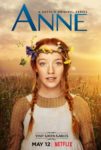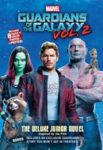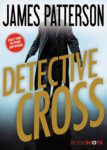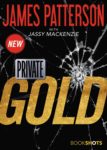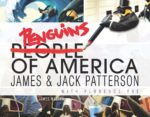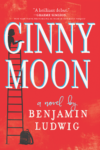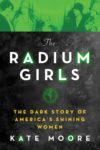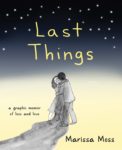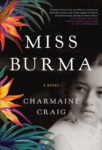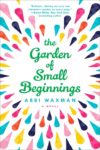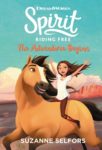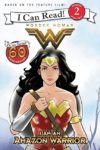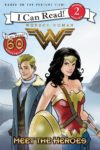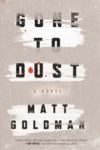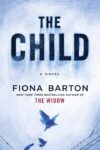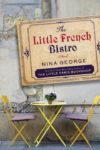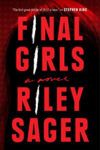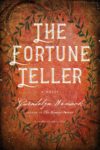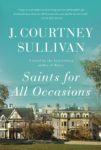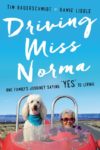Sandberg, Atwood, and Strout Score
Friday, May 5th, 2017The May 14 New York Times best seller lists shows three women in top spots.
 The #1 hardcover nonfiction title is Sheryl Sandberg’s Option B: Facing Adversity, Building Resilience, and Finding Joy (PRH/Knopf; RH Audio/BOT; OverDrive Sample). A book about grief, resilience, and finding a way through tragedy – with some Facebook business ethos served on the side.
The #1 hardcover nonfiction title is Sheryl Sandberg’s Option B: Facing Adversity, Building Resilience, and Finding Joy (PRH/Knopf; RH Audio/BOT; OverDrive Sample). A book about grief, resilience, and finding a way through tragedy – with some Facebook business ethos served on the side.
Coverage is pervasive, from NPR to In Style. The Atlantic offers a feature while The New Yorker and Wired offer a mix of cultural commentary and review. Summing up much of the positive coverage, The New York Times writes “This is a book that will be quietly passed from hand to hand, and it will surely offer great comfort to its intended readers.”
 The number one trade paperback title is Margaret Atwood’s The Handmaid’s Tale (Houghton Mifflin, 1986; tie-in ed., PRH/Anchor, 2017; OverDrive Sample), rising to that position after 12 weeks on the list.
The number one trade paperback title is Margaret Atwood’s The Handmaid’s Tale (Houghton Mifflin, 1986; tie-in ed., PRH/Anchor, 2017; OverDrive Sample), rising to that position after 12 weeks on the list.
As the author modestly says, she is having “a moment.” Her 1986 book has been rising as part of a post-election wave of interest in dystopian novels, solidified by the premiere of the Hulu series, which is airing to rapturous reviews and think pieces and has just been renewed for a second season.
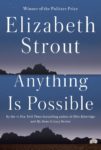 Elizabeth Strout’s Anything Is Possible (PRH/RH; RH Audio/BOT; OverDrive Sample) debuts on the fiction list at #4, following strong coverage.
Elizabeth Strout’s Anything Is Possible (PRH/RH; RH Audio/BOT; OverDrive Sample) debuts on the fiction list at #4, following strong coverage.
It was the #1 LibraryReads pick for April and made many monthly best of lists. The NYT calls the book is “a necklace of short stories” and says that “the writing is wrenchingly lovely … You read Strout, really, for the same reason you listen to a requiem: to experience the beauty in sadness … it’s certainly more grim than Strout’s previous work. It’s more audacious, too, and more merciless, daring you to walk away.”
The Guardian compares Strout to John Steinbeck, Leo Tolstoy, and Anne Tyler, calling the book “a wise, stunning novel.” NPR’s Maureen Corrigan calls it “gorgeous” and says “Strout is in that special company of writers like Richard Ford, Stewart O’Nan and Richard Russo, who write simply about ordinary lives and, in so doing, make us readers see the beauty of both their worn and rough surfaces and what lies beneath.” The New Yorker ran a feature and The Atlantic showcases Strout and the literature that matters most to her.



